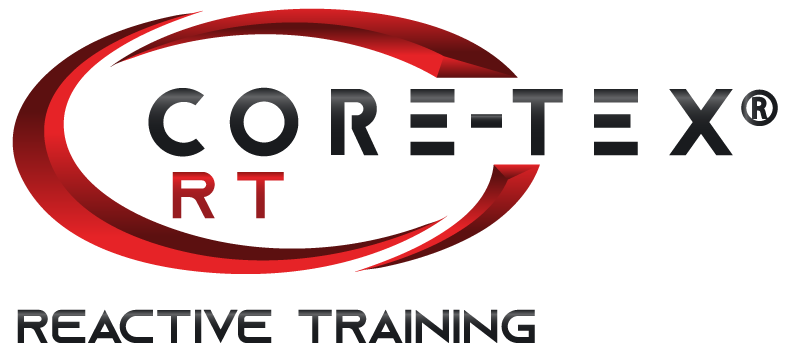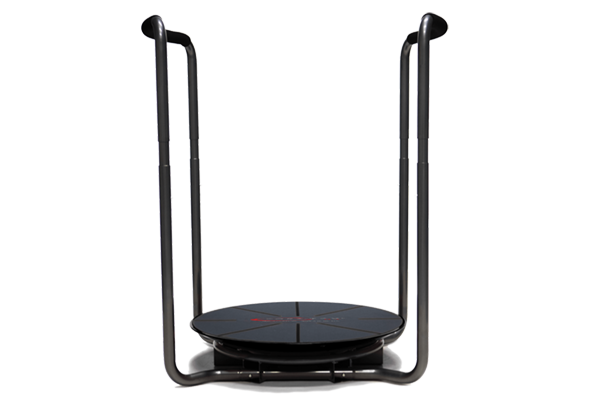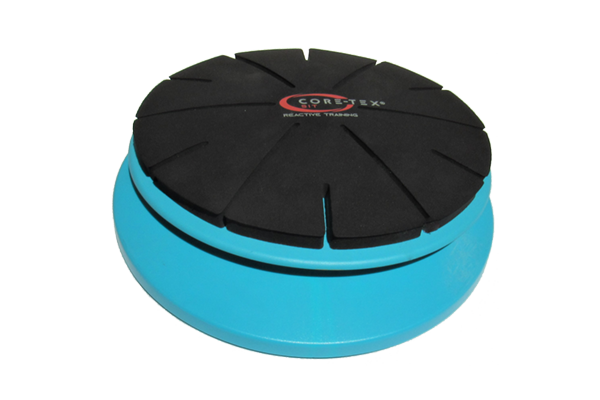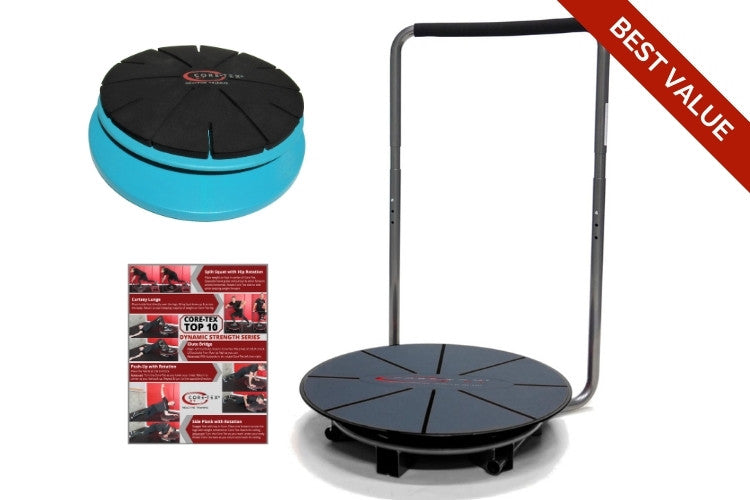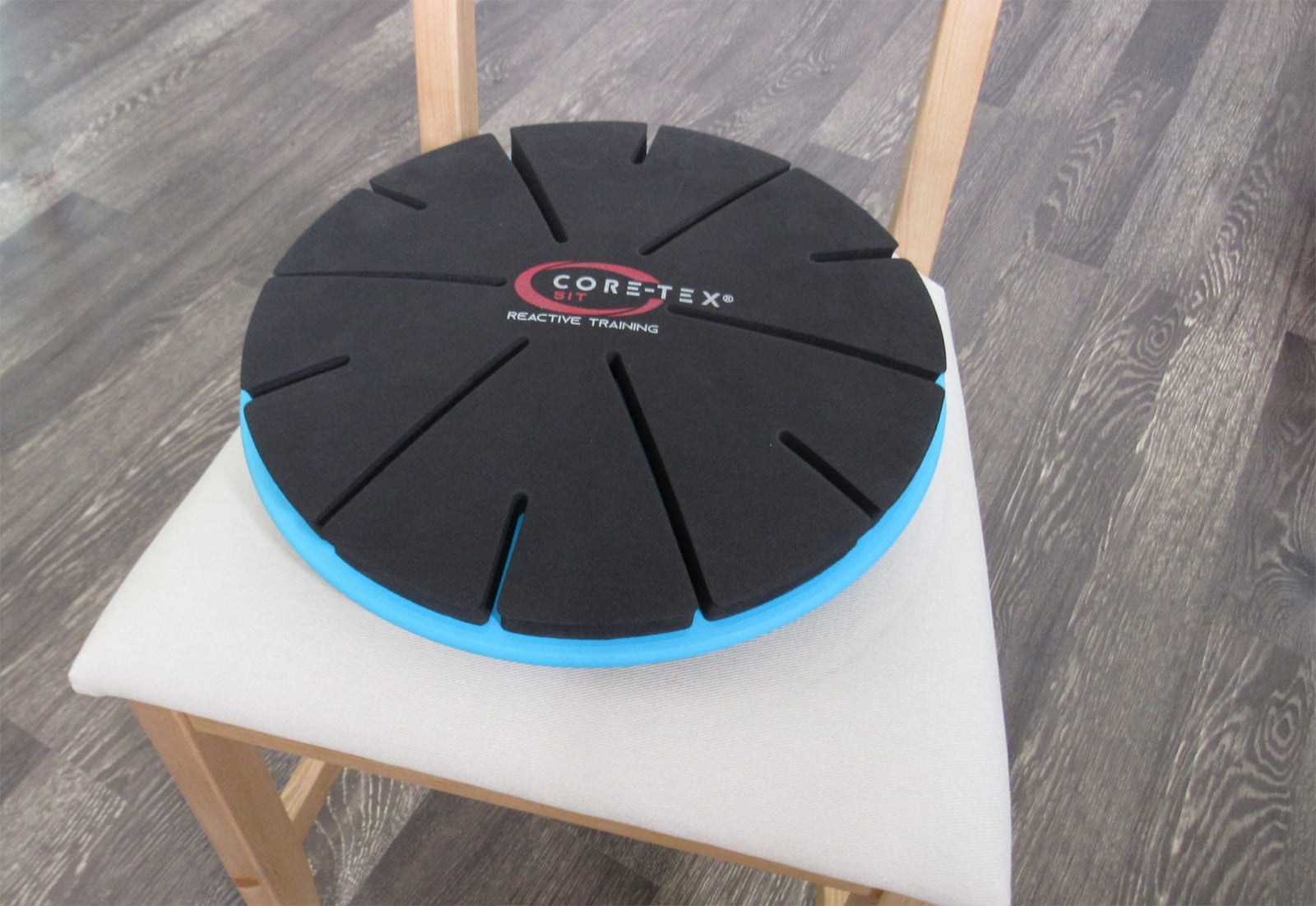
Core-Tex Sit
Core-Tex Sit
We are thrilled to be working with the team from Seven Movements with Core-Tex Sit. The Seven Movements team is leading the way on "micro dosing" movement throughout the day, for better health outcomes.
In this video, co-founder John Sinclair shares some creative moves and brilliant insight into the many ways your Core-Tex Sit can both sustain and restore, healthy spinal motion.
If you've been looking for ways to improve your ergonomic setup or deal with nagging lower back pain, or pelvic floor issues, we have good news. You may be eligible to use your Health Savings Account (HSA) or Flexible Spending Account (FSA) to purchase your Core-Tex Sit. But there are a few steps you should follow to make sure you get reimbursed.
Our second generation Core-Tex Sit has a few updates that makes Core-Tex Sit even more convenient and accessible to larger users.
We borrowed the great visuals from the @moveu account on Instagram to demonstrate how the patented motion of Core-Tex Sit provides you an environment to explore pain-free positions while sitting. Taking the pressure off the sciatic nerve removes irritation that can both perpetuate and increase sciatica.
If we want to get the most motion and benefits from our Core-Tex Sit, we know it works best on a flat, firm surface. But some folks really want to use with their office chair or couches or recliners.
A short intro from Core-Tex inventor, Anthony Carey to make sure your Core-Tex Sit experience is successful right from the start!
